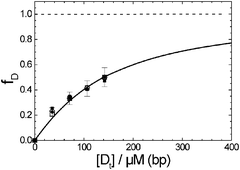Adsorption of DNA and electric fields decrease the rigidity of lipid vesicle membranes
Abstract
The

* Corresponding authors
a
Physical and Biophysical Chemistry, Faculty of Chemistry, University of Bielefeld, P. O. Box 100 131, Bielefeld, Germany
Fax: +49 521 106 29 81
Tel: +49 521 106 20 53
The

 Please wait while we load your content...
Something went wrong. Try again?
Please wait while we load your content...
Something went wrong. Try again?
A. Frantescu, S. Kakorin, K. Toensing and E. Neumann, Phys. Chem. Chem. Phys., 2005, 7, 4126 DOI: 10.1039/B510882A
To request permission to reproduce material from this article, please go to the Copyright Clearance Center request page.
If you are an author contributing to an RSC publication, you do not need to request permission provided correct acknowledgement is given.
If you are the author of this article, you do not need to request permission to reproduce figures and diagrams provided correct acknowledgement is given. If you want to reproduce the whole article in a third-party publication (excluding your thesis/dissertation for which permission is not required) please go to the Copyright Clearance Center request page.
Read more about how to correctly acknowledge RSC content.
 Fetching data from CrossRef.
Fetching data from CrossRef.
This may take some time to load.
Loading related content
